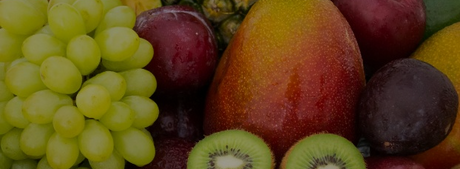Yates Tomato Grosse Lisse
The plants typically grow to 1–3 meters (3–10 ft) in height and have a weak stem that often sprawls over the ground and vines over other plants. It is a perennial in its native habitat, although often grown outdoors in temperate climates as an annual. An average common tomato weighs approximately 100 grams. The tomato is now grown worldwide for its edible fruits, with thousands of cultivars having been selected with varying fruit types, and for optimum growth in differing growing conditions. Cultivated tomatoes vary in size, from tomberries, about 5 mm in diameter, through cherry tomatoes, about the same 1–2 cm (0.4–0.8 in) size as the wild tomato, up to beefsteak tomatoes 10 cm (4 in) or more in diameter. The most widely grown commercial tomatoes tend to be in the 5–6 cm (2.0–2.4 in) diameter range. Most cultivars produce red fruit, but a number of cultivars with yellow, orange, pink, purple, green, black, or white fruit are also available. Multicolored and striped fruit can also be quite striking. Tomatoes grown for canning and sauces are often elongated, 7–9 cm (3–4 in) long and 4–5 cm (1.6–2.0 in) diameter; they are known as plum tomatoes, and have a lower water content. Roma-type tomatoes are important cultivars in the Sacramento Valley.[22] Tomatoes are one of the most common garden fruits in the United States and, along with zucchini, have a reputation for outproducing the needs of the grower. Quite a few seed merchants and banks provide a large selection of heirloom seeds. The definition of an heirloom tomato is vague, but unlike commercial hybrids, all are self-pollinators that have bred true for 40 years or more
Yates Tomato Grosse Lisse is backordered and will ship as soon as it is back in stock.
Couldn't load pickup availability
























